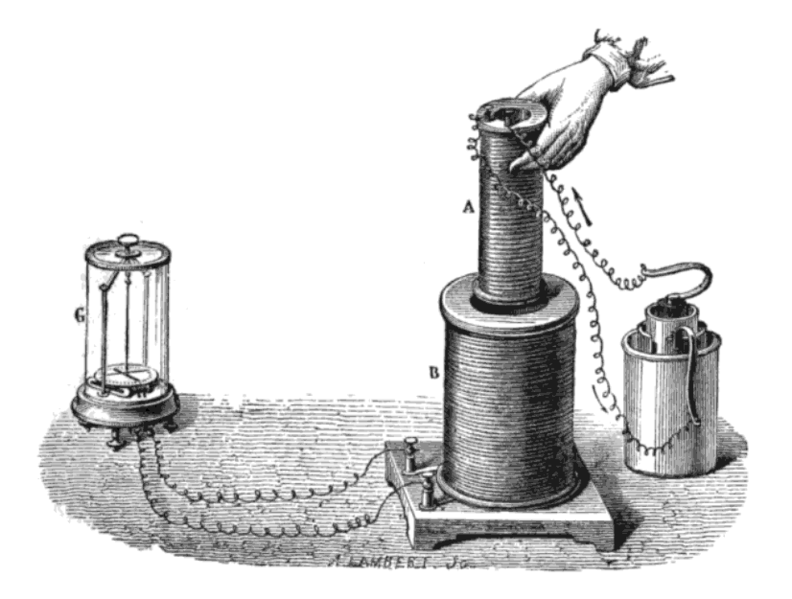
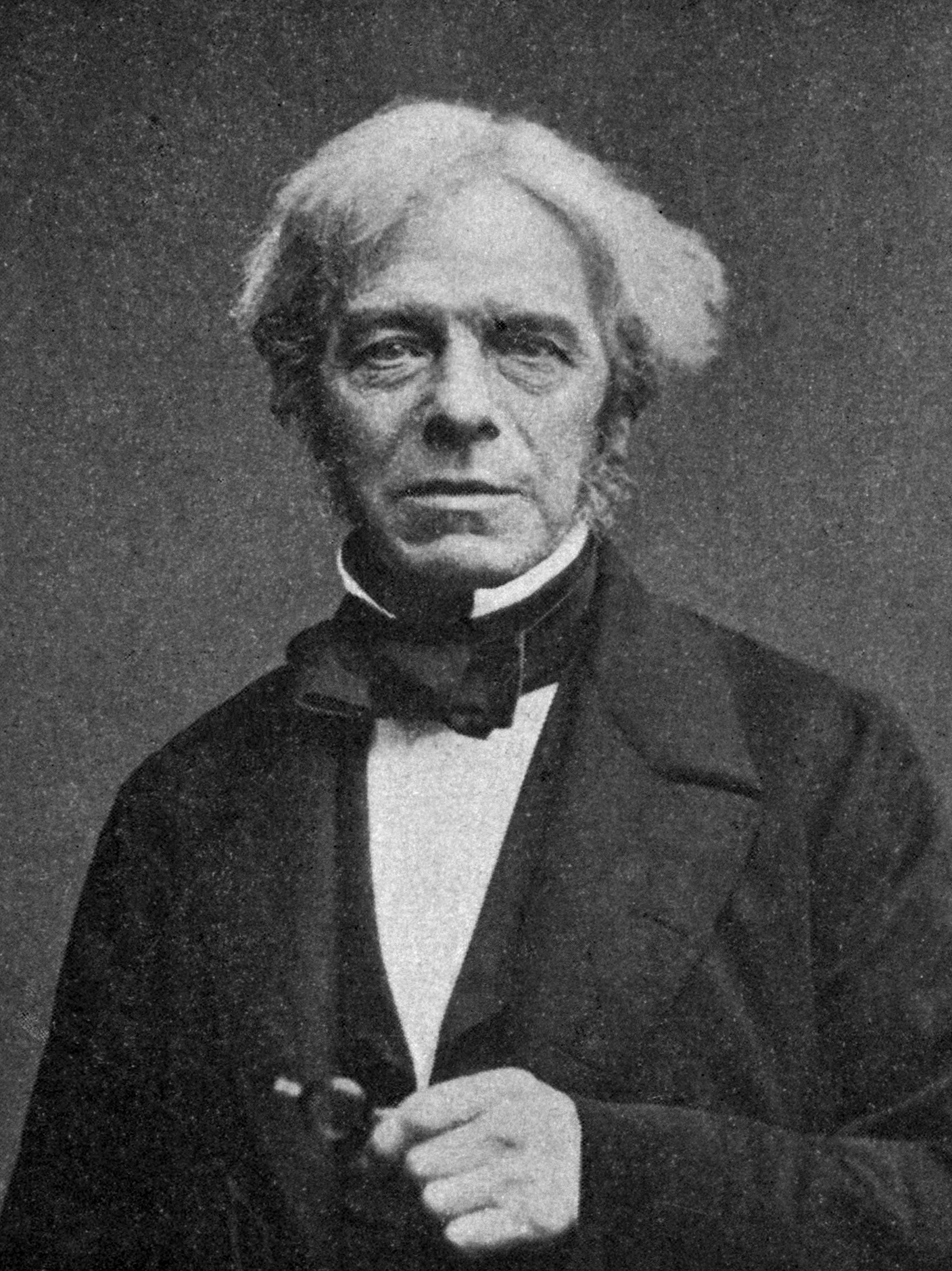
Michael Faraday, the third of four children of James Faraday (1761–1810) and his wife, Margaret Hastwell Faraday (1764–1838), was born in Newington Butts on 22nd September 1791. James Faraday and all his children belonged to the small Christian sect called in Scotland the Glasites after their founder, John Glas, and in England the Sandemanians, after Robert Sandeman, who had brought these religious views to the country. Faraday worked as a blacksmith with James Boyd, a Sandemanian ironmonger of Welbeck Street, London.
Faraday later recalled: "my education was of the most ordinary description, consisting of little more than the rudiments of reading, writing, and arithmetic at a common day-school. My hours out of school were passed at home and in the streets". In 1804 he became an errand boy, delivering among other things newspapers, for the bookseller George Riebau of 2 Blandford Street. In October 1805, at the age of fourteen, he was indentured for seven years to Riebau as an apprentice bookbinder. It was during this apprenticeship that he developed an interest in chemistry. Faraday wrote: "whilst an apprentice, I loved to read the scientific books which were under my hands." He later thanked Riebau for helping him in his education: "you kindly interested yourself in the progress I made in the knowledge of facts relating to the different theories in existence, readily permitting me to examine those books in your possession that were in any way related to the subjects occupying my attention." This included reading books by Jane Marcet (Conversations on Chemistry) and Isaac Watts (Improvement of the Mind).


In the spring of 1812, the year his apprenticeship ended, William Dance, a customer of Riebau's, gave Faraday tickets to attend four lectures to be delivered by the professor of chemistry at the Royal Institution, Humphry Davy. He later recalled: "Sir H. Davy proceeded to make a few observations on the connections of science with other parts of polished and social life. Here it would be impossible for me to follow him. I should merely injure and destroy the beautiful and sublime observations that fell from his lips. He spoke in the most energetic and luminous manner of the Advancement of the Arts and Sciences. Of the connection that had always existed between them and other parts of a Nation's economy. During the whole of these observations his delivery was easy, his diction elegant, his tone good and his sentiments sublime." After becoming interested in science, Faraday applied to Davy for a job. In 1813 Faraday became his temporary assistant and spent the next 18 months touring Europe while during Davy's investigations into his theory of volcanic action.

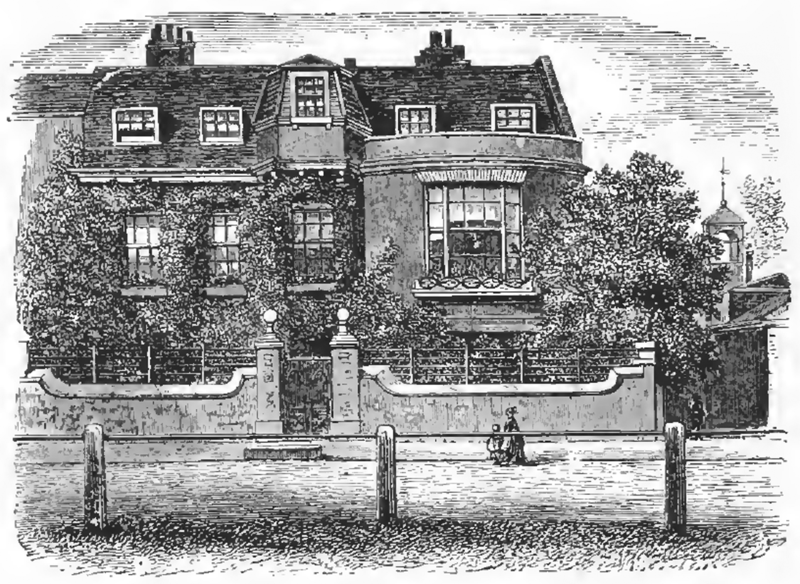
His biographer, Frank James, wrote: "Davy had obtained a special passport from Napoleon stipulating that he could be accompanied only by his wife and two others. With Jane Davy requiring a maid, Davy (claiming that his valet had suddenly withdrawn) asked Faraday to undertake the tasks of a valet, making a promise, never fulfilled, to find a valet once they were on the continent. Faraday reluctantly agreed but this was the source of considerable friction between him and Jane Davy, who regarded him as a servant. For eighteen months they toured France, Switzerland, Italy, and southern Germany visiting many chemical laboratories. They met, among others, André-Marie Ampère in Paris, Charles-Gaspard and Arthur-Auguste De La Rive in Geneva, and the aged Alessandro Volta in Italy. Davy demonstrated the elemental nature of iodine to the French and in Florence showed that diamond was composed of carbon using the burning-glass of the duke of Tuscany. They witnessed the end of Napoleon's empire but following Napoleon's escape from Elba for the hundred days Davy decided to cut short the tour and returned to England in the middle of April 1815."

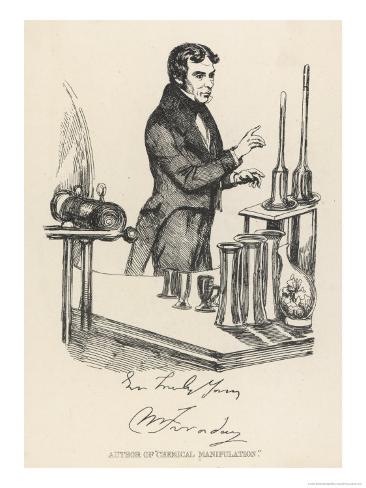
Faraday was also inspired by the work of Joseph Priestley: "Dr. Priestley had that freedom of mind, and that independence of dogma and of preconceived notions, by which men are so often bowed down and carried forward from fallacy to fallacy, their eyes not being opened to see what that fallacy is. I am very anxious at this time to exhort you all, - as I trust you all are pursuers of science, - to attend to these things; for Dr Priestley made his great discoveries mainly in consequence of his having a mind which could be easily moved from what it had held to the reception of new thoughts and notions; and I will venture to say that all his discoveries followed from the facility with which he could leave a preconceived idea."
On 21 May 1821 Faraday was appointed acting superintendent of the house of the Royal Institution. The following month he married Sarah Barnard (1800–1879), daughter of the Sandemanian silversmith Edward Barnard (1767–1855). From the evidence that has survived the Faradays's marriage appears to have been happy and she was very supportive of his work. Although they had no children, at least two nieces lived with them for extended periods, Margery Ann Reid (1815–1888) and Jane Barnard (1832–1911).


Humphry Davy gave Faraday a valuable scientific education and also introduced him to important scientists in Europe. One scientist, Henry Paul Harvey, commented: "Sir H. Davy's greatest discovery was Michael Faraday." After Davy retired in 1827, Faraday replaced him as professor of chemistry at the Royal Institution. Faraday began to publish details of his research including condensation of gases, optical deceptions and the isolation of benzene from gas oils.


Faraday's greatest contribution to science was in the field of electricity. In 1821 he began experimenting with electromagnetism and by demonstrating the conversion of electrical energy into motive force, invented the electric motor. In 1831 Faraday discovered the induction of electric currents and made the first dynamo. In 1837 he demonstrated that electrostatic force consists of a field of curved lines of force, and conceived a specific inductive capacity. This led to Faraday being able to develop his theories on light and gravitational systems.

Harper's Magazine published an article stating: "At no period of Michael Faraday's unmatched career was he interested in utility. He was absorbed in disentangling the riddles of the universe, at first chemical riddles, in later periods, physical riddles. As far as he cared, the question of utility was never raised. Any suspicion of utility would have restricted his restless curiosity. In the end, utility resulted, but it was never a criterion to which his ceaseless experimentation could be subjected." William Ewart Gladstone, the Chancellor of the Exchequer, once asked Michael Faraday about the practical worth of electricity. He said he did not know but "there is every probability that you will soon be able to tax it!"

Faraday told a friend: "I have never had any student or pupil under me to aid me with assistance; but have always prepared and made my experiments with my own hands, working and thinking at the same time. I do not think I could work in company, or think aloud, or explain my thoughts at the time. Sometimes I and my assistant have been in the Laboratory for hours & days together, he preparing some lecture apparatus or cleaning up, & scarcely a word has passed between us; - all this being a consequence of the solitary & isolated system of investigation; in contradistinction to that pursued by a Professor with his aids & pupils as in your Universities."

Faraday was very keen to educate the public on science. In one lecture he argued: "If the term education may be understood in so large a sense as to include all that belongs to the improvement of the mind, either by the acquisition of the knowledge of others or by increase of it through its own exertions, we learn by them what is the kind of education science offers to man. It teaches us to be neglectful of nothing - not to despise the small beginnings, for they precede of necessity all great things in the knowledge of science, either pure or applied."
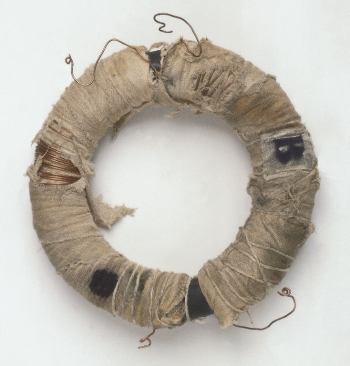
Friedrich Von Raumer was one of those impressed by the lecturers of Faraday: "He (Michael Faraday) speaks with ease and freedom, but not with a gossipy, unequal tone, alternately inaudible and bawling, as some very learned professors do; he delivers himself with clearness, precision and ability. Moreover, he speaks his language in a manner which confirmed me in a secret suspicion that I had, that a number of Englishmen speak it very badly."
![800px-M_Faraday_Lab_H_Moore[1]](http://reasonandreflection.files.wordpress.com/2013/08/800px-m_faraday_lab_h_moore1.jpg?w=420&h=224)
Jane Pollack wrote in the St. Paul's Magazine that Faraday was an outstanding speaker: "It was an irresistible eloquence which compelled attention and invited upon sympathy. There was a gleaming in his eyes which no painter could copy, and which no poet could describe. Their radiance seemed to send a strange light into the very heart of his congregation, and when he spoke, it was felt that the stir of his voice and the fervour of his words could belong only to the owner of those kindling eyes. His thought was rapid and made its way in new phrases. His enthusiasm seemed to carry him to the point of ecstasy when he expatiated on the beauties of Nature, and when he lifted the veil from her deep mysteries. His body then took motion from his mind; his hair streamed out from his head; his hands were full of nervous action; his light, lithe body seemed to quiver with its eager life. His audience took fire with him, and every face was flushed."
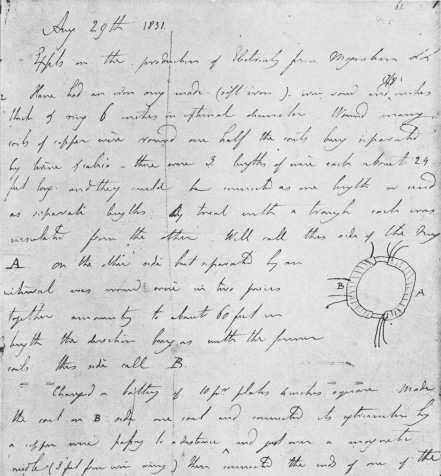
The physicist, John Tyndall, recalled: "Underneath his sweetness and gentleness was the heat of a volcano. He was a man of excitable and fiery nature; but through high self-discipline he had converted the fire into a central glow and motive power of life, instead of permitting it to waste itself in useless passion. Faraday was not slow to anger, but he completely ruled his own spirit, and thus, though he took no cities, he captivated all hearts."
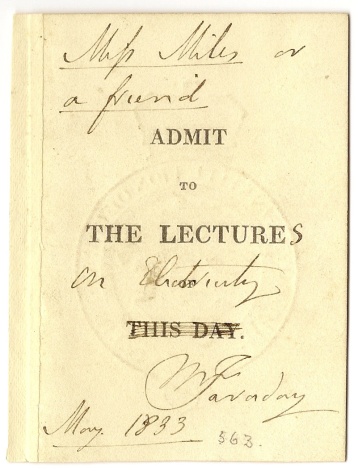
Faraday became a close friend of Angela Burdett-Coutts. According to Edna Healey, the author of Lady Unknown: The Life of Angela Burdett-Coutts (1978): "In Michael Faraday she found a brilliant, searching mind combined with a simple child-like faith that matched her own. The greatest experimental genius of his time, the man who discovered the laws of electrolysis, of light and magnetism, he was at ease in her company. The blacksmith's son who hated the social scene, made exceptions for her... As their friendship grew, he would call on her after the Friday lectures at the Royal Institution, eventually persuading her to apply for membership of the Royal Society."
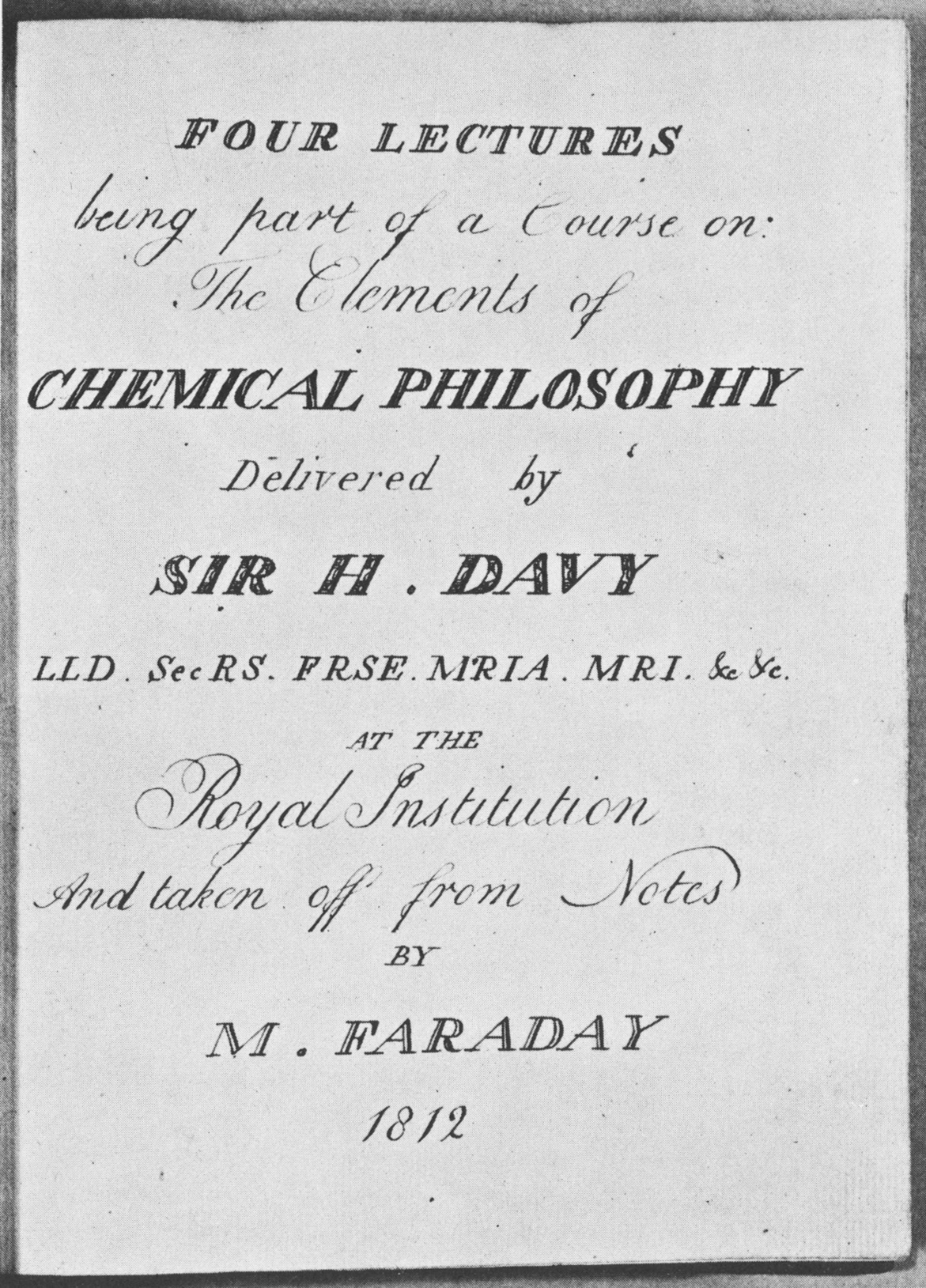
On 19th January, 1847, Faraday wrote to Miss Burdett-Coutts: "For twenty years I have devoted all my exertions and powers to the advancement of science in this Institution; and for the last ten years or more I have given up all professional business and a large income with it for the same purpose... Although I earnestly desire to see lady members received amongst us, as in former times, do not let anything I have said induce you to do what may be not quite agreeable to your own inclinations." In February 1847 she became a full member of the Royal Society.
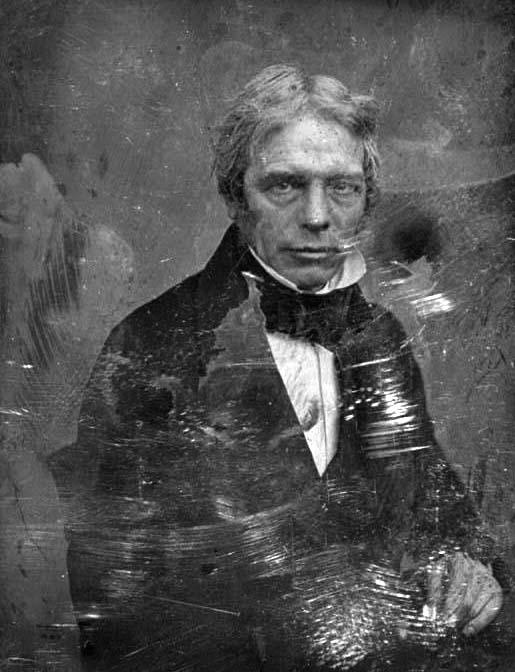
Michael Faraday rejected the Presidency of the Royal Society. He told John Tyndall: "Tyndall... I must remain plain Michael Faraday to the last; and let me now tell you, that if accepted the honour which the Royal Society desires to confer upon me, I would not answer for the integrity of my intellect for a single year. On being offered the Presidency of the Royal Society."

The government recognized his contribution to science by granting him a pension and giving him a house in Hampton Court. However, Faraday was unwilling to use his scientific knowledge to help military action and in 1853 refused to help develop poison gases to be used in the Crimean War. Faraday was the author of several books including Experimental Researches in Electricity and Chemical History of the Candle.
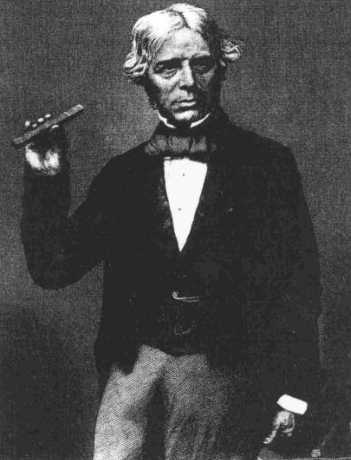
In 1853 spiritualism and table-turning became fashionable. Faraday examined the phenomenon and came to the conclusion that table-turning was caused by a quasi-involuntary muscular action, and had nothing to do with supernatural agency. In a letter to The Times stating his results, Faraday concluded by saying that the educational system must be deficient since otherwise well-educated people would not believe in the phenomenon in the way they did.

His biographer, Frank James, has pointed out: "In 1856 Faraday started his last major research project. Following George Gabriel Stokes's work on fluorescence in the early 1850s, which showed that a ray of light could change its wavelength after passing through a solution of sulphate of quinine, Faraday tried to realize this change directly. To achieve this he passed light through beaten gold and later colloidal solutions of gold. The wavelength of light was larger than the size of the gold particles, and yet they still affected the light. He sought to explain this phenomenon but, as with his work on gravity, came to no firm conclusions.
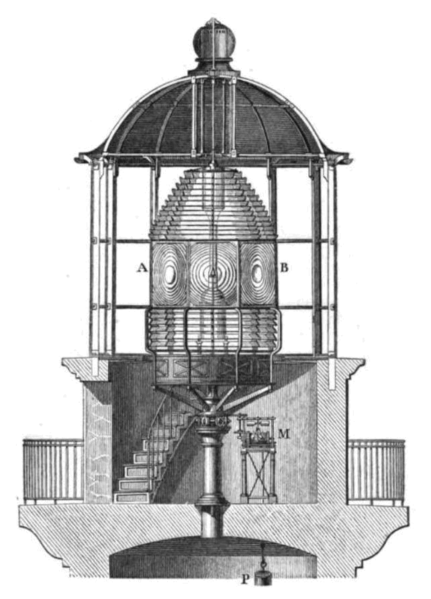
Faraday's last piece of experimental work in 1862 was to see if magnetism had any effect on line spectra."
Michael Faraday died at his home, The Green, Hampton Court, where he died on 25th August 1867. He was buried five days later in the Sandemanian plot in Highgate cemetery.


No comments:
Post a Comment